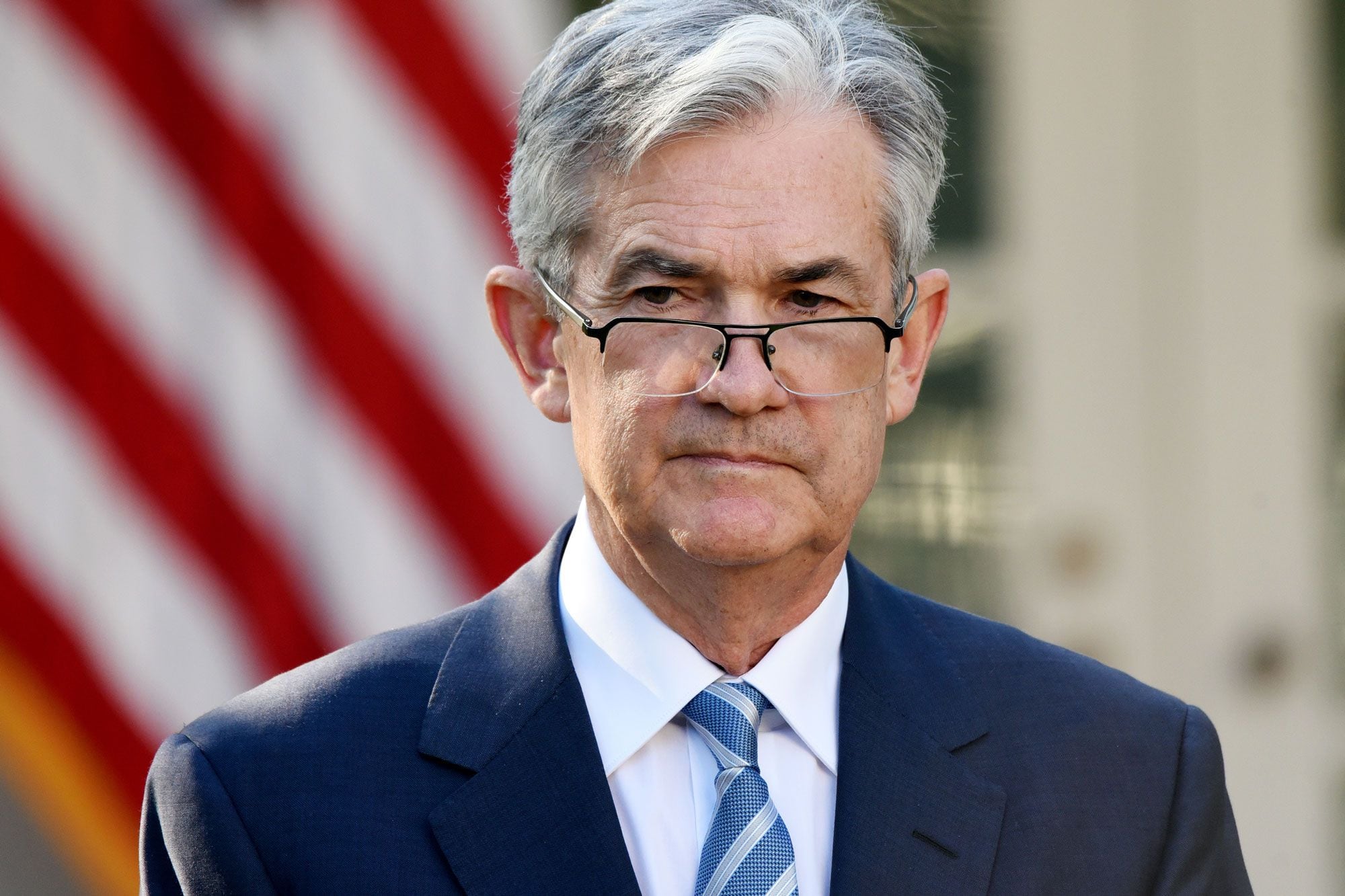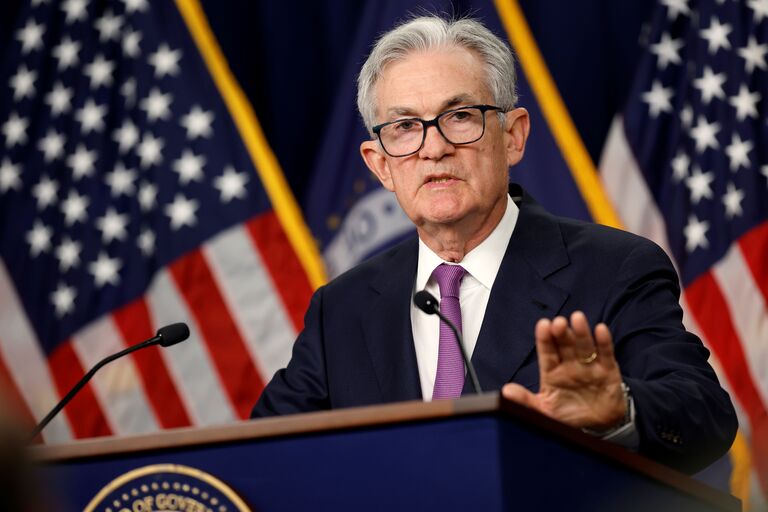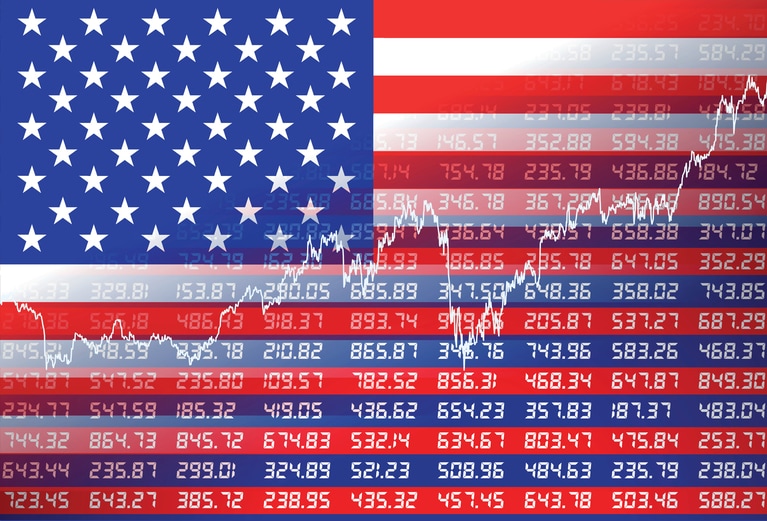US earnings season to take center stage on Wall Street this month
In 2023, the Dow was up 13.7%, the S&P 500 gained 24.2%, and the Nasdaq surged 43.4%. With Wall Street hovering around its all-time high levels, whether the stock markets can maintain their uptrends is now in doubt. Was the rally overdone by responding to the Fed’s pivot shift? The recent surge in energy prices risks an old issue: Will inflation continue to pave the way for the “three rate cuts” projected by the Fed’s Dot Plot in its December meeting?
After a dual celebration of Christmas and New Year, the market’s focus returns to the imminent US earnings season, when a majority of publicly traded companies release their financial reports and earnings results. These reports offer insights into a company's health, growth, and overall financial well-being, significantly impacting stock prices and overall market sentiment.
According to Factset, the estimated year-on-year earnings growth of the S&P 500 for the fourth quarter of 2023 is 2.4%, which will be the second straight quarterly gain. The forward 12-month Price-to-Earnings Ratio(P/E) is 19.3, above both the 5-year and 10-year average.
The Fed’s rate decision will fall on 31 January in the US, which will be 1 February for the Asia-Pacific time zone. Some key economic data will also be focused on clues of the country’s labour market conditions, economic health, and inflation trajectory. These include the US Q4 GDP, the December CPI, and the JOLTS Job Openings for January.
A potential quiet month for the Australian markets
The main themes that have driven the Australian stock markets and the local currency are a softened USD, lifting commodity prices, and, in turn, supporting the mining stocks boom throughout November. This macro advantage may continue to support the ASX 200 and the Australian dollar’s uptrend for the rest of the month.
However, the downside pressure could be from the RBA, which has not completely abandoned its hawkish stance. The RBA next meet in February as there is no January meeting. Additionally, concerns linger over potential ripples in global sentiment as the Chinese economy grapples with persistent challenges in its housing market.
Australian economic data in terms of the December employment change and the fourth-quarter CPI will come later this month. February also sees ASX listed companies announce their half-year earnings reports.
Can China shrug off its economic doom?
The Hang Seng Index fell 13.8% in 2023 amid its faltering economic recovery. Weak domestic demands and the US-China tension continued to impact investment confidence by pressuring the economic outlook.
With the Chinese stock markets reaching a one-year low, cheap valuations may spark speculations of buy-the-dip actions. Plus, the recent rebound in the Chinese Yuan may help lift its stock markets as the Fed signalled rate cuts next year. Investors will likely focus on the fourth-quarter GDP due for release this month, gauging investment sentiment. Other data points include China’s CPI, industrial production, and retail sales for December.
More importantly, the largest e-commerce tech company, Alibaba, is set to release its quarterly earnings at the end of this month. Its US ADR shares found support at US$70 in December. Hence, positive earnings results could be a catalyst for a further rebound.
The New Zealand Dollar may ride further tailwind
The New Zealand dollar (NZD) remained robust throughout December despite a negative GDP growth in the third quarter of the country. Global risk-on sentiment has been the primary driver as the NZD is seen as a riskier currency in comparison with other G-10 pairs.
The RBNZ’s official cash rate is at 5.5%, the highest among major economies, and the same as the US Fed funds rate. This makes New Zealand’s 10-year government bond yield the highest among counterparties, hence supporting a strong currency.
With the GDP growth sliding into negative territory again, the RBNZ could look to start cutting interest rates sooner than previously projected. There will not be a monetary policy meeting this month, but the governor indicated that the rate decision will depend on upcoming economic data. This makes the third-quarter inflation data critical to determine the reserve bank’s decision on the interest rate.
Other economic data worth noting is the Global Dairy Trade (GDT) Index and New Zealand’s business confidence. Both data points showed a continuing rebound recently, suggesting the economic growth may be resilient in the final quarter. However, China’s weak demand may continue to weigh on export prices.
Gold faces pivotal resistance
Gold benefited from a softened USD and sharp declines in the US government bond yields. Further weakness in the greenback may continue to support gold to challenge a new high. However, this can be a challenge as the pivotal resistance level is yet to be overcome.
Earlier in December, gold rose to above $2,100 per ounce at a record high, but the surge was short-lived. While the macro landscape tends to continue lifting the prices of precious metals, technical traders may have to be convinced to capitalize on gold positions. The indicated price is applicable for other spot gold and COMEX futures.
Crude oil rebound as Gaza tensions involve wider groups
Crude oil finally saw a rebound in the second half of December. Some bullish factors contributed to the rally: An oversold market, the Red Sea supply line disruption, and a weakened US dollar. Hence, should these aspects remain in place in January, oil prices could climb further.
The focus this month will remain on the Israel/Hamas conflict, which could bring more risks if Iran deepens its involvement. Equally, the Red Sea Houthi militants’ attack not only disrupts the supply chain but also potentially intensifies geopolitical tensions, leading to more sanctions on Iran’s oil exports. In addition, China’s economic data will continue to impact the demand outlook of the oil markets.
Bitcoin hesitates to challenge a new high
Bitcoin rose for the third month, topping 44,000 before pulling back in December. Despite the spot ETF optimism, the largest cryptocurrency seems to be losing steam as “buy the rumor, sell the news” could be the case for the retreat.
However, there will be another potential catalyst: Bitcoin Halving, which occurs roughly every four years or after every 210,000 blocks are mined in the Bitcoin blockchain. The last two halvings occurred in July 2016 and May 2020, suggesting a possible halving in April 2024. Historical trends show that Bitcoin tends to rally during the pre-halving phase as traders buy into the markets in anticipation. This is typically followed by a dip when the halving occurs and then a subsequent surge to a new high.
Disclaimer: CMC Markets is an order execution-only service. The material (whether or not it states any opinions) is for general information purposes only, and does not take into account your personal circumstances or objectives. Nothing in this material is (or should be considered to be) financial, investment or other advice on which reliance should be placed. No opinion given in the material constitutes a recommendation by CMC Markets or the author that any particular investment, security, transaction or investment strategy is suitable for any specific person. The material has not been prepared in accordance with legal requirements designed to promote the independence of investment research. Although we are not specifically prevented from dealing before providing this material, we do not seek to take advantage of the material prior to its dissemination.








